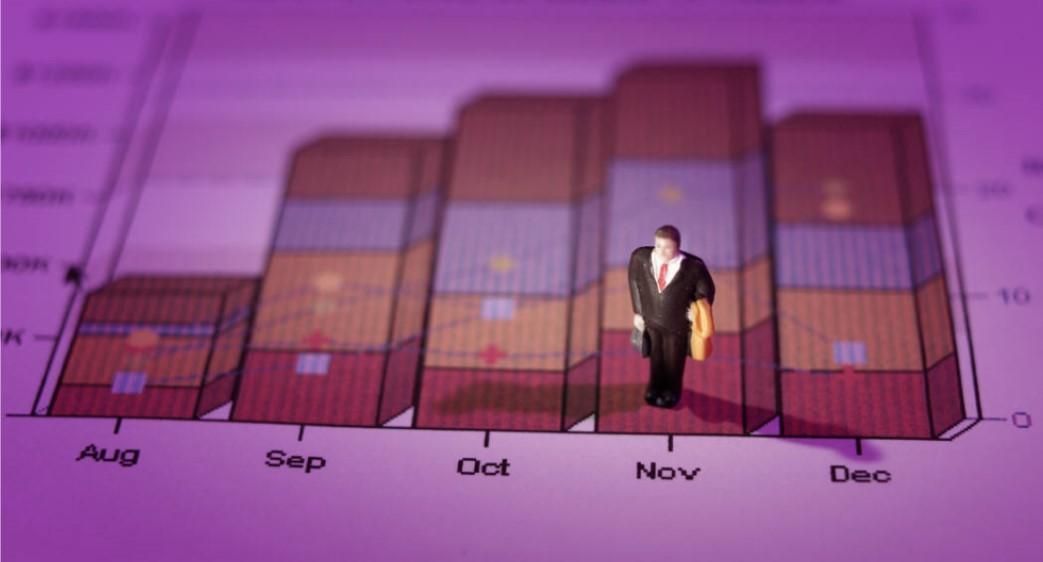Mastering Marketing
Check Your Marketing Map
Your marketing plan is your road map to implementing your business ideas and measuring your success along the way. But a plan is useless without implementation and then evaluation of the results. Year-end is a good time to determine where you are with this year’s business marketing plan while your sales numbers, weather conditions, and the successes and challenges of this production year are still fresh in your mind. It also helps you gather important tax filing information to use in year-end purchasing decisions. When developing your marketing plan, it can be helpful to follow the “SMART” goals format.
“SMART” goals are:
|
S |
Specific: What did you want to accomplish this year with your marketing plan? Increased sales? Introduce some product diversification? Expanding your marketing outlets? |
|
M |
Measurable: Did you increase your profits, not just your sales volumes? Did you improve your time management or lower production costs? Did you keep records of sales, production costs, and marketing costs detailed enough to be useful in making these determinations? |
|
A |
Achievable: Could you produce enough high-quality products to sell and meet those goals? Were production and marketing costs higher than expected due to unanticipated increases in fuel or fertilizer prices? If your goals were not achievable, what changes or actions will you take to reach your goals for next year? |
|
R |
Realistic: Did you keep well enough informed about market trends and prices to set realistic marketing goals? Did your financial or labor resources match your production goals? Does your product have an expanding or shrinking customer base? Are you satisfied with your operations’ marketing efforts this year? |
|
T |
Timed: Were you prepared with a plan and marketing resources early enough in the season? Could your marketing goals be reached in one season or will you need more time to develop new markets and explore other retail outlets? Did access to processing facilities match your marketing season? What actions can you take to help manage your marketing risks in a seasonal enterprise? |
Here are some examples of marketing goals in the SMART format to help get your planning started:
“To increase sales by_____ (amount) by _____ (date).”
“To gain entry to (market) _____ by _____ (date).”
“To increase awareness of my product among the retail trade within _____ (timeframe).”
“To increase my market share from ____% to ____ % by _____ (date).”
“To enter the poultry business and generate sales of $_____ in the first 12 months.”

For each of your goals, develop a strategy and an action plan to implement it. If your goal is sales-related, develop a sales projection chart to help you track your income stream. When will sales take place?
Once you have completed an action plan for achieving each marketing goal, develop a list of marketing tasks. Get a large desk calendar and make notes in the months when these marketing tasks must be completed. This is your marketing plan master schedule. Post it in your office or other high visibility location and refer to it on a regular basis.
Year-end brings thoughts of New Year’s resolutions. This year, develop your marketing plan early, evaluate it throughout the season, develop a recording system that will help you with your evaluation system, and if the plan isn’t working, or an unexpected opportunity arises, change the plan.
Mastering Marketing is produced by Ginger S. Myers and is published periodically containing important seasonal marketing information.
